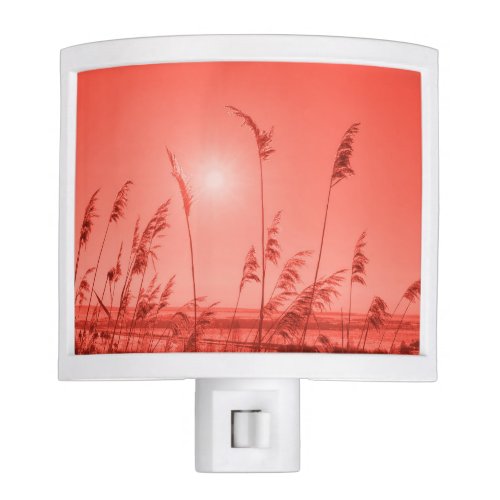 |
| Funk by Color |
In a recent article we talked about the basic rules for choosing color when you decorate a space. That article also discusses 'Mood' as one of the pertinent considerations.
So let's review the Mood that each of the main colors evoke:
Red - Excitement
Red carries several meanings and all of them fall under the umbrella of excitement. Red represents rage just as much as it screams 'I love you'. In other words, if you need a room filled with emotion, red should be your go-to color. Splashes of red can make a room calming. However, if you plan to feature a whole wall of red and other red accessories, ensure the room is meant for social gatherings. You might even encourage intense discussions and debate in a red powered room.
Blue - Tranquility
Blue is the color of calmness and tranquility. However, if the room is entirely two colors such as blue and white, the space will feel cold more than calm. Three to four colors in a space along with your main choice color will achieve the intended affect of that main color (especially with blue). When you're seeking a peaceful, relaxing mood, combine light and dark blues together and soften the space with at least two other accessory colors.
Yellow - Uplifting
When you want a space to reflect a cheerful, happy, hopeful energy, choose yellow as the main color. We associate yellow with spring and summer so it's not a stretch to connect those seasons with an uplifting mood. Get ready for a little shock … did you know that yellow is also the color of intelligence? Yep, apparently intelligence has a color. Yellow is the color of the mind and it represents acquired knowledge. When you want to encourage learning, believe it or not, decorate with yellow.
Green - Renewal
The color of green represents two polar opposites. We typically think of nature, renewal, freshness and the environment when we decorate with green. However, green is also the color of money and can represent greed, jealousy and ambition. In home décor it's safe to say that a green themed room is normally chosen to create a fresh and harmonious environment. I mean, who decorates for greed, lol.
Orange - Enthusiasm
Orange is the color of creativity, social activity, determination and believe it or not, healthy eating. It's also an action color. Think of orange as the verb of colors. Most of us know the most popular 'buy button' online is orange. Makes sense right? After-all, orange is the verb of color. Orange is also ideal for a space where fun, interest, adventure and excitement are the primary mood goals. Go ahead, paint a wall in your kitchen orange! Orange is the social color that promotes healthy eating and conversation, making it ideal for the kitchen. Use various shades, or a softer shade if bright orange is too much. On a personal note, orange and yellow are my favorite colors :)
Purple - Wisdom
Purple is the color of royalty, luxury, power and spirituality. That's a fairly broad range, however indirectly each of these traits are connected to one another. If you're looking for a room that evokes grandeur with a bit of mystery, a purple themed room is the way to go. On a personal note, my young girl bedroom décor was purple, white, and pink. Without knowing, I must of been a mysteriously royal person who craved wisdom. :)
Did you read last weeks article on the color choices for spring and summer? You'll also get a quick tutorial on how to combine colors.
Have fun with color!
Note: The author may receive a commission from purchases made using links found in this article. “As an Amazon Associate, Ebay (EPN), Esty (Awin), and/or Zazzle Affiliate, I (we) earn from qualifying purchases.”





































